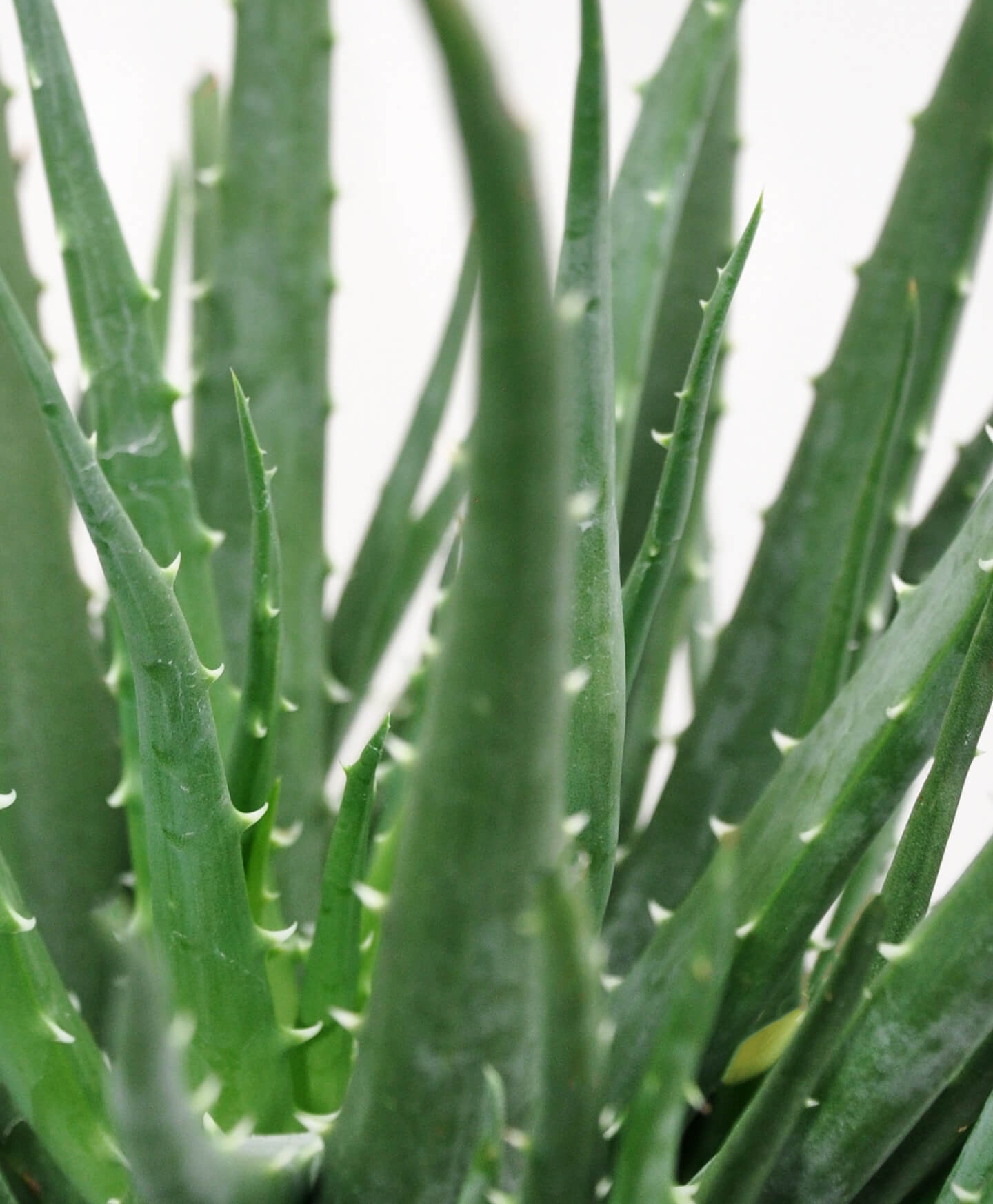Care guide
Aloe vera thrives in bright, indirect light. Place it near a window where it can receive plenty of sunlight. However, it's important to protect it from direct, intense sunlight, especially during the hottest part of the day.
Aloe vera prefers temperatures between 55°F and 80°F (13°C and 27°C). It can tolerate slightly higher temperatures for short periods but may suffer if exposed to freezing temperatures.
Aloe vera is a succulent, meaning it stores water in its leaves. It's important to allow the soil to dry out between waterings to prevent root rot. Water your aloe vera deeply but infrequently, allowing the soil to dry at least 1-2 inches (2.5-5 cm) deep before watering again. During winter or dormancy, reduce watering frequency.
A well-draining soil mix is crucial for aloe vera. Use a cactus or succulent soil mix or create your own by combining regular potting soil with perlite or coarse sand to enhance drainage.
Choose a pot with drainage holes to prevent waterlogged soil. Aloe vera prefers to be slightly root-bound, so select a pot that allows some room for growth but not excessively large.
Aloe vera doesn't require frequent fertilization. You can use a balanced, water-soluble fertilizer diluted to half the recommended strength during the active growing season (spring and summer). Apply the fertilizer sparingly, every two to four months.
Aloe vera can be propagated through offsets or "pups" that grow from the base of the plant. Gently remove the offsets and replant them in a separate pot with well-draining soil. Allow the newly planted offsets to establish roots before watering.









 Apply Discount at Checkout
Apply Discount at Checkout 

























































































